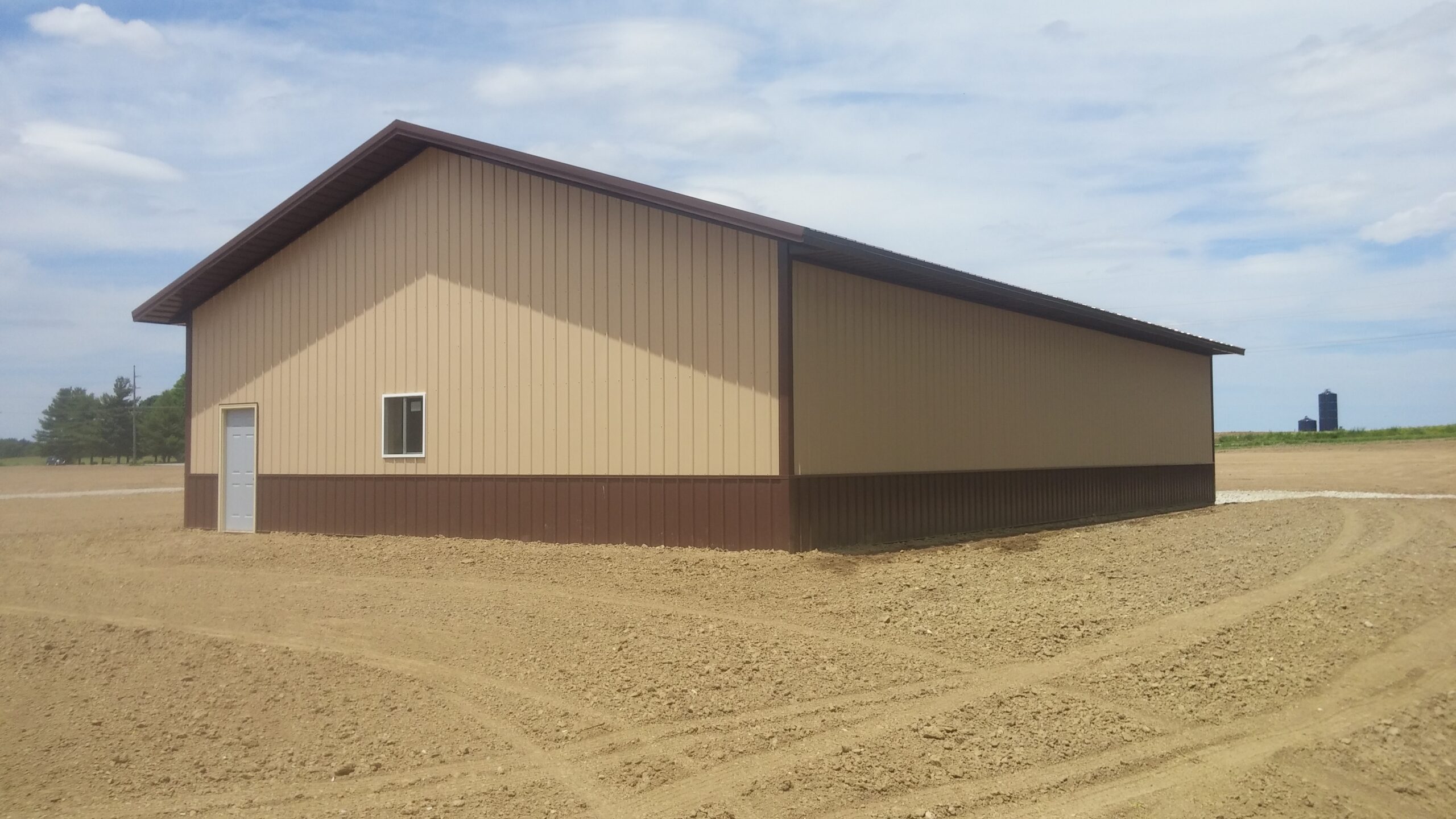
One of the biggest and most important pillars of industry in our country is farming. In fact, the basis of American economy and culture in many ways stems from our agricultural roots, and we at MilMar are proud to be a tiny cog in the larger machine that encompasses much of what the heartland is all about. As long as there are crops and livestock, there will always be a need for somewhere to store it.
Here are couple facts you might not have known about the farming industry.
— The Green Revolution Eradicates World Hunger.
While the second agricultural revolution saw the modern innovations replace animals as a means of production, the third agricultural revolution has helped utilize these technologies in a more efficient manner. We’re currently living in the third agricultural revolution, which began in the 1950s and has endured for over six decades now. The characteristics of this current agricultural season upon which we are living include the inception of chemical farming, food processing, and more efficient uses of human output.
The Green Revolution has also seen the rise in production of biofuels such as ethanol, which produce energy at a low-cost compared to fossil fuels. The invention and acceptance of these technologies have created a greater reliance on farming and has once again reinforced the importance of agricultural in our society.
— Efficiency is the name of the game.
Did you know that there are over 2 million farms in the U.S.? A big number, right? But harder to believe is that only 2% of our country’s population working on those farms. Part of the reason for the discrepancy is due to tremendous advancements in technology, which have allowed farmers to produce 262% more crops while lessening the reliance on labor and supplies (including fertilizers and seeds) since the 1950s. Farmers today are creating enough food for nearly 150 people compared to a century ago when they produced enough for almost 20 people. Also over that time frame, the average acreage per worker has increased from 27.5 in 1890 all the way to 740 a century later. What once took up to 300 hours to produce five acres of wheat in 1830 takes under two hours. It’s amazing to think how far we’ve come in just a century.
If you or your business are in need of a beautiful, lasting post frame structure, contact us at MilMar. We provide free consultation and a strong commitment to finishing a project to your satisfaction.